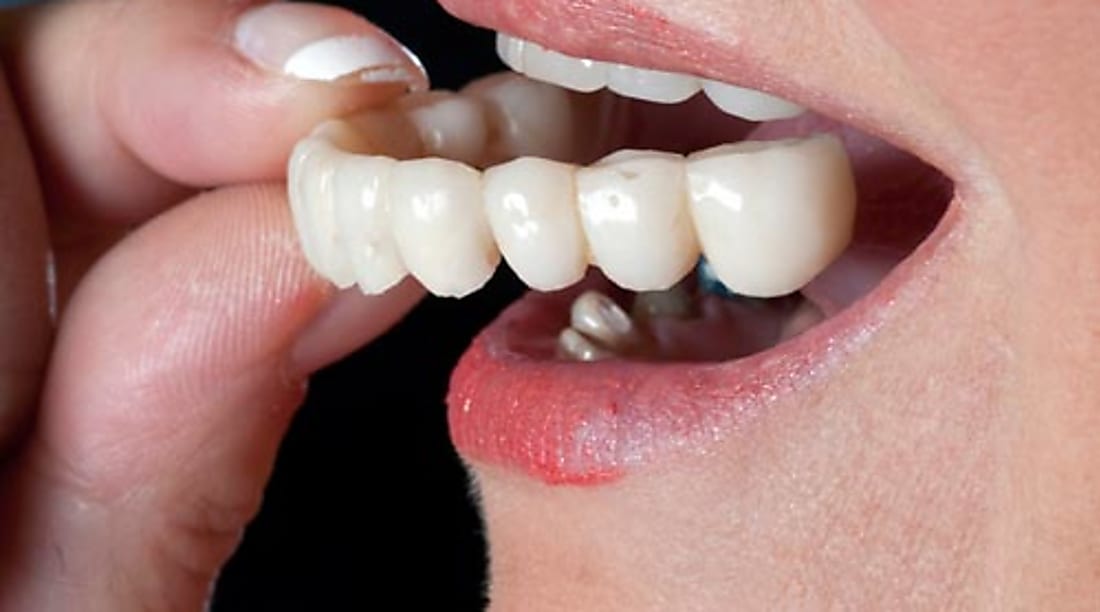Discover the Future of Dental Implants: Screwless Options Explained
If you’re considering dental implants and are mindful of costs, screwless approaches may be an option. This article explains how they work, potential benefits and limitations, and the factors that influence total treatment fees. Exact pricing varies and requires a clinical evaluation.

Dental implants have revolutionized tooth replacement, offering patients a permanent solution that looks, feels, and functions like natural teeth. While traditional dental implants have relied on screws to secure artificial teeth to the jawbone, a new generation of screwless dental implants is emerging as an innovative alternative. These advanced systems are changing how dental professionals approach implantology and how patients experience dental restoration procedures.
What Are Screwless Dental Implants?
Screwless dental implants represent an evolution in dental implant technology, designed to eliminate the need for screws in securing the prosthetic tooth to the implant base. Unlike conventional implants that use screws to attach the abutment and crown to the implant post, screwless systems employ alternative connection methods such as friction-fit, locking-taper, or magnetic connections. These implants still feature a titanium post that integrates with the jawbone through osseointegration, but the way the visible portion connects differs significantly.
The screwless design aims to address several challenges associated with traditional implants, including potential screw loosening over time, microscopic gaps where bacteria can accumulate, and the risk of mechanical failures. By eliminating the screw component, these systems offer a more streamlined approach to dental restoration that many practitioners and patients find advantageous.
Why Are Screwless Implants Becoming a Popular Choice?
The growing popularity of screwless dental implants stems from several key factors that benefit both patients and dental professionals. First, these systems often result in more aesthetically pleasing outcomes. Without screws, there’s no risk of visible screw access holes that might compromise the appearance of the final restoration, particularly in anterior (front) teeth where aesthetics are paramount.
Additionally, screwless implants typically offer improved biomechanics. The absence of screws can lead to better force distribution throughout the implant system and surrounding bone, potentially reducing stress concentration points that might lead to complications. This design consideration becomes especially important for patients with challenging bite forces or those who have experienced bone loss.
Dental professionals are increasingly recommending screwless options because they often simplify the restoration process. The elimination of small screws means fewer components to manage during surgery and subsequent appointments, potentially reducing chair time and simplifying the overall procedure for both practitioner and patient.
How Do Screwless Implants Work?
Screwless dental implants function through innovative connection mechanisms that secure the prosthetic components without traditional screws. The most common types include:
-
Morse taper connections (locking-taper systems): These utilize a tapered fit where the abutment is inserted into the implant body with precise angulation, creating a secure cold-weld effect when fully seated. The friction between the precisely machined components creates an exceptionally tight seal.
-
Friction-fit systems: Similar to Morse tapers but with different geometries, these systems rely on precisely engineered dimensions to create retention through surface contact and friction.
-
Snap-fit connections: Some screwless implants feature components that click into place using specialized retention features built into both the implant and the abutment.
-
Magnetic connections: Though less common, some systems utilize magnetic forces to secure the prosthetic components to the implant base.
The surgical procedure for placing screwless implants follows similar protocols to traditional implants. The titanium post is surgically placed into the jawbone, where it integrates during a healing period of several months. Once osseointegration is complete, the restoration phase begins, utilizing the specific connection mechanism of the chosen screwless system.
The Key Benefits of Screwless Dental Implants
Screwless dental implant systems offer several distinct advantages over their traditional counterparts. Perhaps most importantly, they can provide superior bacterial sealing. The absence of screw access channels and the precision-engineered connections create a more hermetic seal between components, potentially reducing the risk of bacterial infiltration that could lead to peri-implantitis (inflammation around the implant).
From a mechanical perspective, screwless designs often demonstrate excellent stability. Without screws that can potentially loosen over time, these systems may require less maintenance and adjustment. This stability translates to greater peace of mind for patients concerned about long-term reliability.
The simplified restoration process is another significant benefit. Dental professionals can complete procedures more efficiently without managing tiny screws, and patients typically experience more comfortable treatment sessions. The streamlined design also means fewer components that could potentially fail or require replacement.
For patients with specific aesthetic concerns, screwless implants offer clear advantages. The absence of screw access channels means no composite fillings are needed to cover these openings, resulting in more natural-looking and seamless restorations, particularly important for front teeth.
How Much Do Screwless Dental Implants Cost?
The cost of screwless dental implants varies significantly based on several factors, including geographic location, the specific implant system used, the complexity of the case, and the experience of the dental professional. Generally, patients can expect to pay a premium for this advanced technology compared to traditional screw-retained implants.
| Implant Type | Average Cost Range (Single Tooth) | Notable Features |
|---|---|---|
| Traditional Screw-Retained | $3,000-$4,500 | Industry standard, widely available |
| Basic Screwless System | $3,500-$5,000 | Improved aesthetics, simplified maintenance |
| Premium Screwless System | $4,500-$6,500 | Advanced connection technology, enhanced stability |
| Full-Arch Screwless Solution | $15,000-$30,000 per arch | Complete tooth replacement system |
Prices, rates, or cost estimates mentioned in this article are based on the latest available information but may change over time. Independent research is advised before making financial decisions.
It’s important to note that dental insurance coverage for screwless implants varies widely. While some insurance plans may provide partial coverage, many consider implants—particularly advanced systems—to be elective procedures. Patients should verify coverage details with their insurance providers before proceeding.
Many dental practices offer financing options to make screwless implants more accessible. These may include payment plans, healthcare credit options, or discount programs for patients without insurance coverage. When considering the cost, patients should also factor in the potential long-term benefits and reduced maintenance needs that might offset the higher initial investment.
Dental implant technology continues to evolve rapidly, with screwless systems representing one of the most promising advancements in recent years. These innovative solutions offer patients and practitioners alike a combination of improved aesthetics, simplified procedures, and potentially better long-term outcomes. While they typically come at a premium price point compared to traditional implants, many patients find the benefits justify the additional investment.
As with any dental procedure, those considering screwless dental implants should consult with qualified dental professionals to determine if this option is suitable for their specific needs, oral health conditions, and budget considerations. With proper care and maintenance, these advanced implant systems can provide decades of reliable function and natural-looking smiles.
This article is for informational purposes only and should not be considered medical advice. Please consult a qualified healthcare professional for personalized guidance and treatment.




